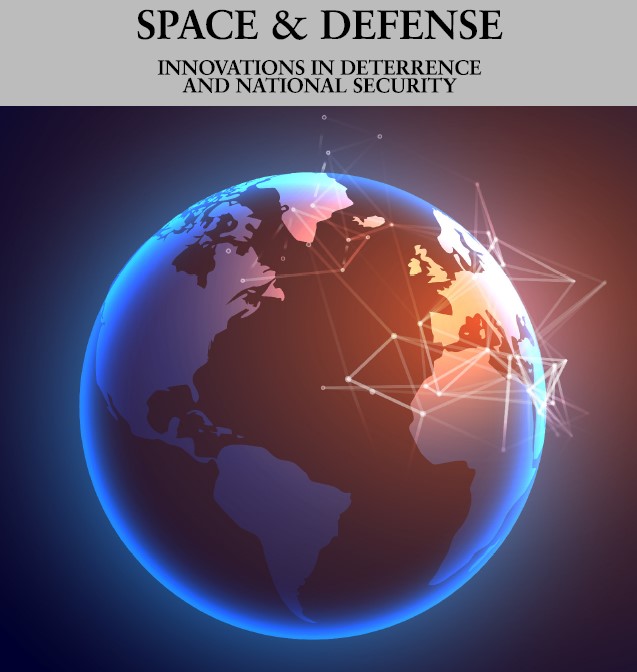Space and Defense

Abstract
The following USAFA cadet independent study was supported by the Academy’s Nuclear Weapons & Strategy minor and the Cadet Summer Language Immersion Program to Lithuania. With minor formatting changes, the paper here appears as submitted to the USSTRATCOM Larry D. Welch Writing Award and the summer Deterrence Symposium (Omaha, NE), July 31-Aug. 1, 2019, where it won junior division, first place.
Since the end of the Second World War the United States has practiced extended deterrence as a means of resisting Russian expansion and aggression. In Europe, the US has done this with the support of the North Atlantic Treaty Organization. After the fall of the Soviet Union and the end of the Cold War, NATO shifted its focus away from Russia and grew to include several states which had once been part of the USSR; Latvia, Lithuania, and Estonia. However, it was not until after conflict broke out in Ukraine in 2014, and Russia re-emerged as a threat that the alliance was forced to seriously consider defending the Baltics.
DOI
10.32873/uno.dc.sd.12.01.1086
Recommended Citation
Connolly, Liam J.
(2021)
"Cadet Voice: Extended Deterrence and Resilience in the Baltic States,"
Space and Defense: Vol. 12:
No.
0, Article 8.
DOI: 10.32873/uno.dc.sd.12.01.1086
Available at:
https://digitalcommons.unomaha.edu/spaceanddefense/vol12/iss0/8
Included in
Asian Studies Commons, Aviation and Space Education Commons, Defense and Security Studies Commons, Eastern European Studies Commons, International Relations Commons, Leadership Studies Commons, Near and Middle Eastern Studies Commons, Nuclear Engineering Commons, Science and Technology Studies Commons, Space Vehicles Commons
